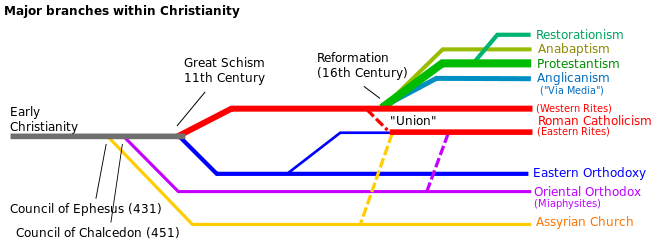- Memeplex
-
Much of the study of memes focuses on groups of memes called meme complexes, or "memeplexes." Like the gene complexes found in biology, memeplexes are groups of memes that are often found present in the same individual. Applying the theory of Universal Darwinism, memeplexes group together because memes will copy themselves more successfully when they are "teamed up". Examples include sets of memes like singing and guitar playing, or the Christmas tree and Christmas dinner.
Unlike gene complexes, memeplexes do not have to benefit the genes in order to replicate. A memeplex including sexual abstinence is genetically harmful, but the memeplex itself is still able to replicate through means of cultural or horizontal transmission. [1] Memes and memeplexes do not have to be true to replicate, although the feeling of something being true or truthiness is beneficial to a meme's replication.[citation needed]
Philosopher Daniel C. Dennett, evolutionary biologist Richard Dawkins and consciousness researcher Susan Blackmore (author of The Meme Machine) are proponents of memetics. [2] [3]
Religion
Memeplexes have been employed recently in attempts to understand the phenomenon of religion.
In the case of Christianity, the idea suggests, the Christian memeplex "evolved" based upon the Jewish religious teachings, among others, to eventually form the Catholic church, followed by various schisms leading to the Eastern Orthodox churches and various Protestant churches. In this process, various theologians, political leaders, writers, and religious visionaries have added and deleted individual memes from the Christian memeplex resulting in the formation of new but related memeplexes, or religions/sects. The process of schism, like evolution, is ongoing, and as a result smaller and less differentiated memeplexes have arisen within the Catholic, Orthodox, and Protestant traditions. The same process could be said to be occurring in the case of many sets of belief.
 Map of Christianity throughout time with its divergences. The way in which the map splits is visibly similar to the tree of life idea of evolution, and also the memetic theory of mutation and evolution.
Map of Christianity throughout time with its divergences. The way in which the map splits is visibly similar to the tree of life idea of evolution, and also the memetic theory of mutation and evolution.See also
References
- Susan Blackmore, "Meme, Myself And I"
- Daniel C. Dennett, "Ants, Terrorism, and the Awesome Power of Memes"; TED lecture, February, 2002
- Richard Dawkins, question and answer session at the University of California at Berkeley, March 8, 2008
Categories:- Philosophy of mind
- Biology stubs
- Philosophy stubs
Wikimedia Foundation. 2010.
